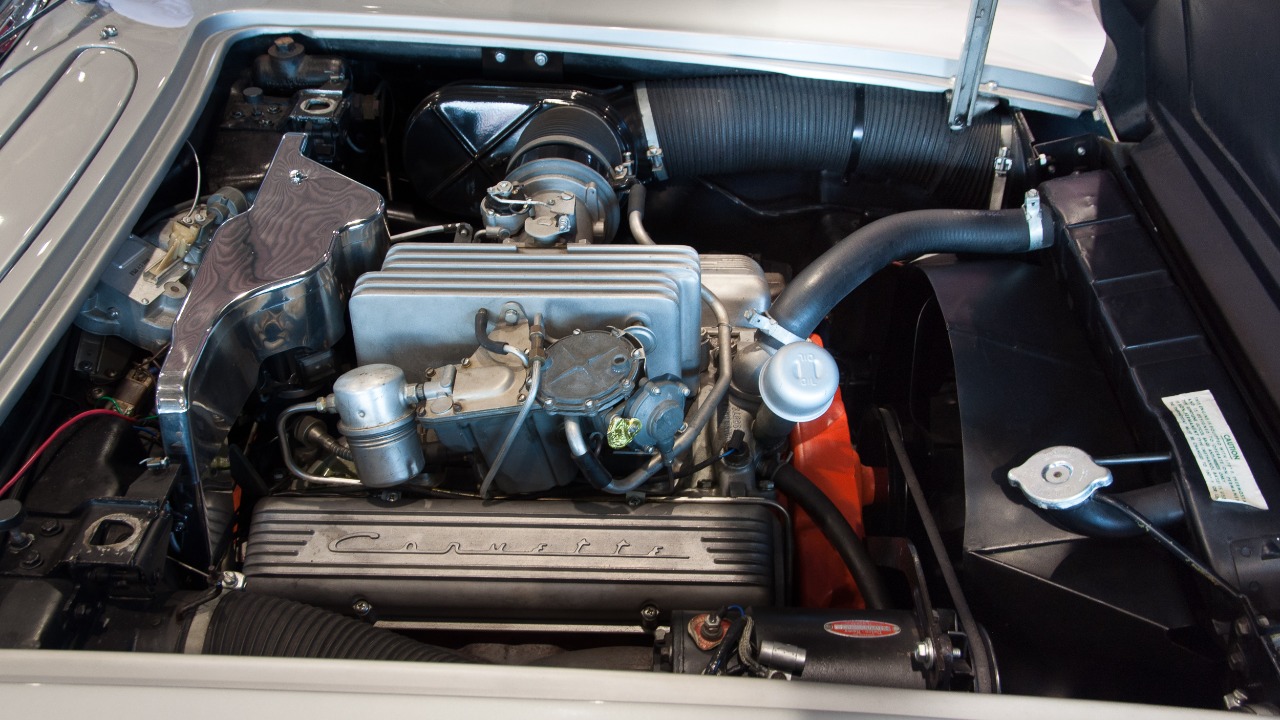
The 383 stroker engine, a modified version of the Chevrolet small-block V-8, remains a favorite among muscle car enthusiasts due to its combination of classic design and enhanced performance. This engine is celebrated for delivering impressive horsepower while retaining the reliability of the iconic small-block Chevy platform. Recent builds have demonstrated outputs that compete with modern engines, making the 383 a popular choice for restorations and custom projects in the automotive world.
The Origins of the Chevy Small Block V-8
The Chevrolet small-block V-8, introduced in 1955, marked a significant milestone in American automotive history. This engine was designed as a lightweight and efficient V-8, revolutionizing performance vehicles of its time. Key design features, such as the compact 4.3-inch bore and 90-degree V configuration, allowed it to fit seamlessly into various GM models. These traits not only contributed to its initial success but also laid the groundwork for future modifications, including the 383 stroker. The engine’s adaptability was evident as it powered iconic vehicles of the 1960s, ensuring its longevity beyond its factory production years. For a detailed look at its evolution, you can explore the history of the small-block Chevy engine.
Understanding the 383 Stroker Modification
The 383 stroker is created by increasing the crankshaft stroke from the standard 350 small-block setup, typically using a 3.75-inch stroke component to boost displacement to 383 cubic inches. This modification does not require altering the block, making it a straightforward upgrade for many builders. Essential components include a compatible crankshaft, pistons, and connecting rods, which are crucial for building a robust stroked small-block. Key considerations such as balancing and clearance are vital to ensure the engine’s durability. For those interested in the mechanics, MotorTrend provides a comprehensive guide on building a stout 383 stroker.
Performance Potential and Horsepower Gains
The 383 stroker engine is renowned for its impressive horsepower capabilities, often producing between 400 to 500 naturally aspirated horsepower, with even higher outputs possible through forced induction. This performance potential makes it a standout choice for muscle car applications, where torque improvements significantly enhance acceleration and drivability. When compared to stock small-block variants, the stroker’s larger displacement translates to better low-end power without compromising the engine’s responsive character. For a deeper dive into what makes the 383 stroker special, MSN offers an insightful analysis.
Why the 383 Remains a Muscle Car Staple
The affordability and availability of parts make the 383 stroker a popular choice among DIY builders and restorers. Its versatility allows it to be used in classic Chevy models like the Camaro and Chevelle, where the stroker upgrade revives original performance while meeting modern emissions and reliability standards. The engine’s prominence in hot rod culture and drag racing further sustains interest in the small-block Chevy platform, decades after its peak production years. For more on its enduring appeal, Jalopnik explores the factors that keep the 383 a muscle car favorite.
Building Tips for a Modern 383 Stroker
When building a modern 383 stroker, selecting quality aftermarket parts is crucial. Forged internals are recommended to handle higher RPMs, ensuring the engine’s longevity and performance. The assembly process involves machining the block and installing the stroker kit, with attention to detail being paramount for a successful build. Potential challenges, such as upgrading the oiling system and tuning for optimal performance, must be addressed to align with contemporary engine-building practices. For those looking to embark on this journey, Engine Builder Magazine provides valuable insights into crafting a reliable 383 stroker.